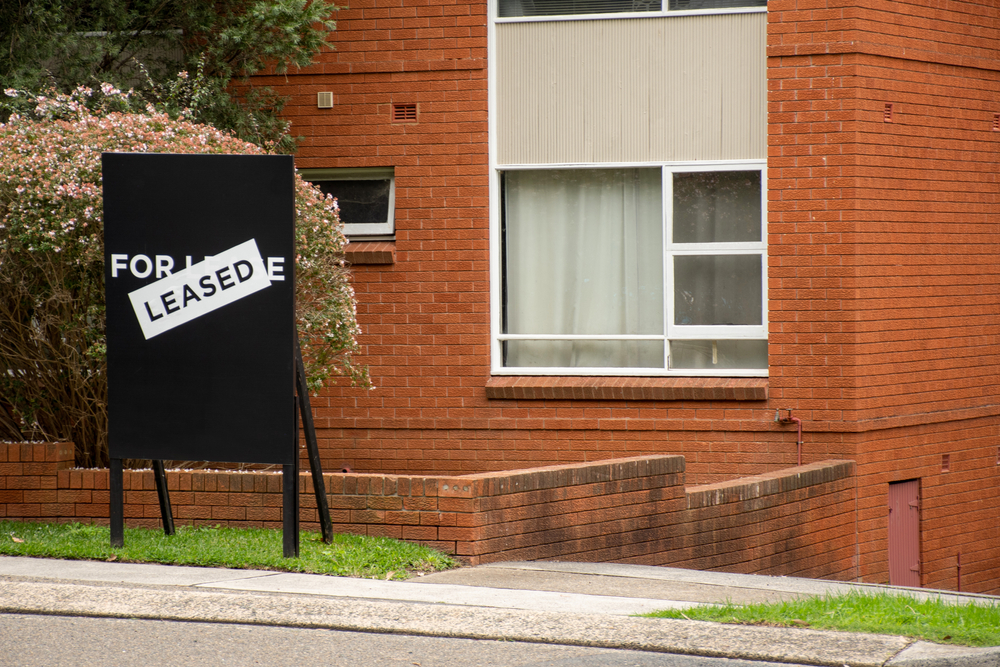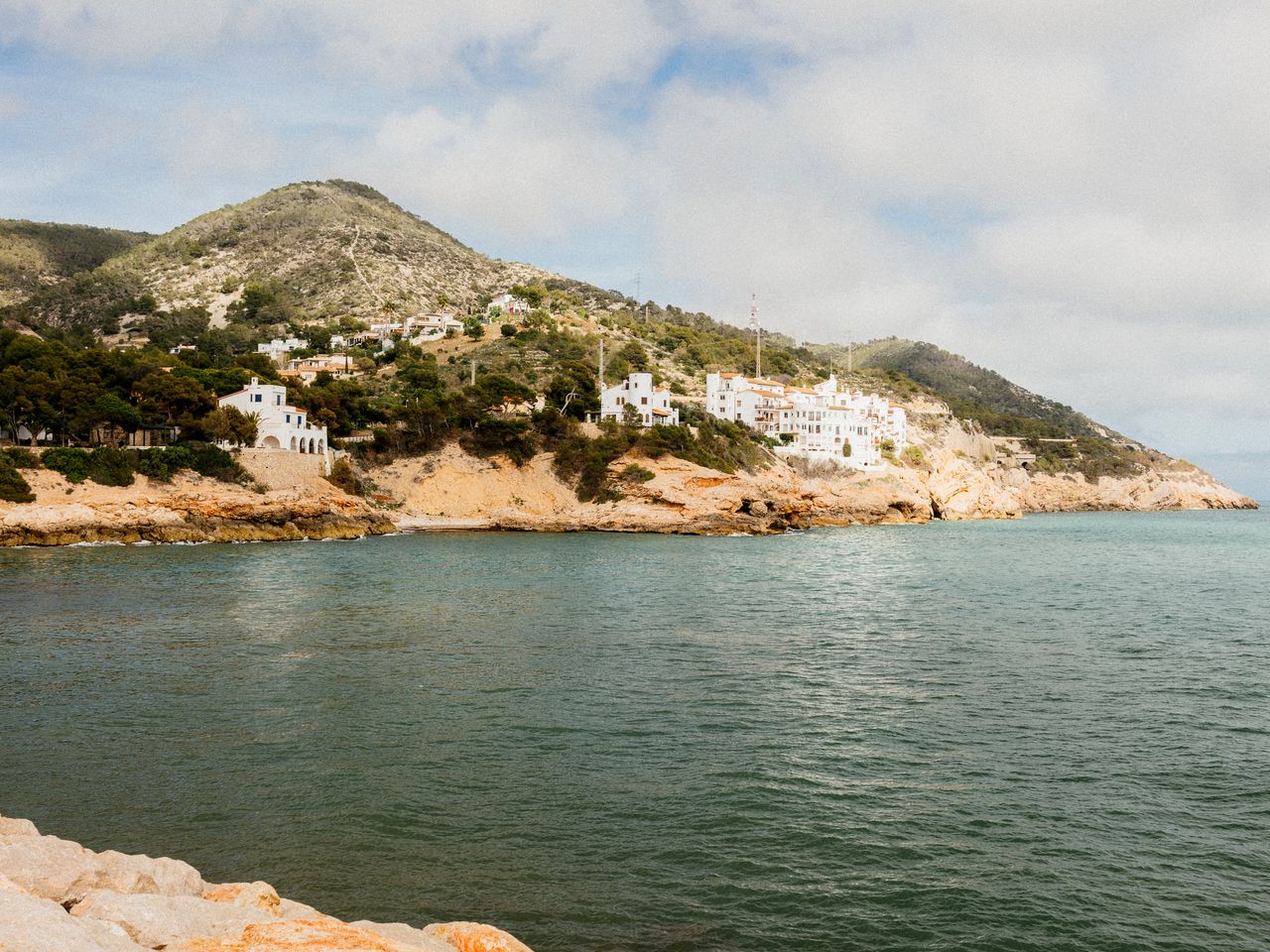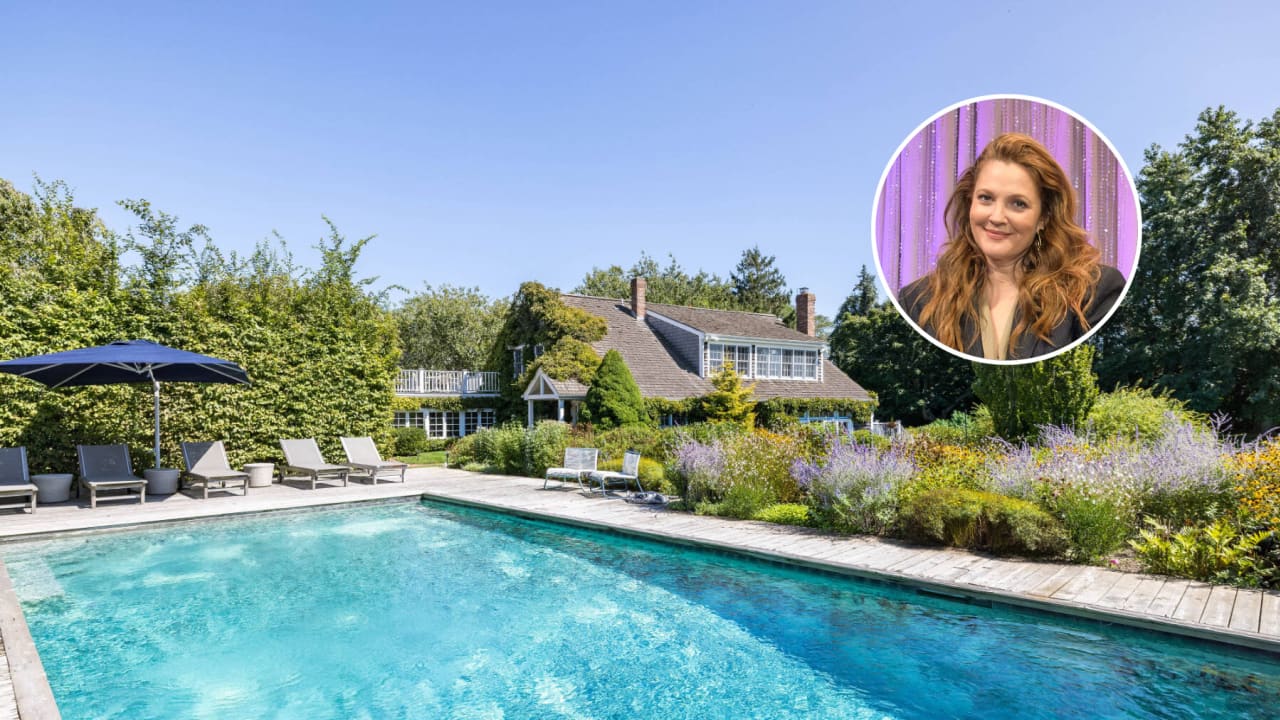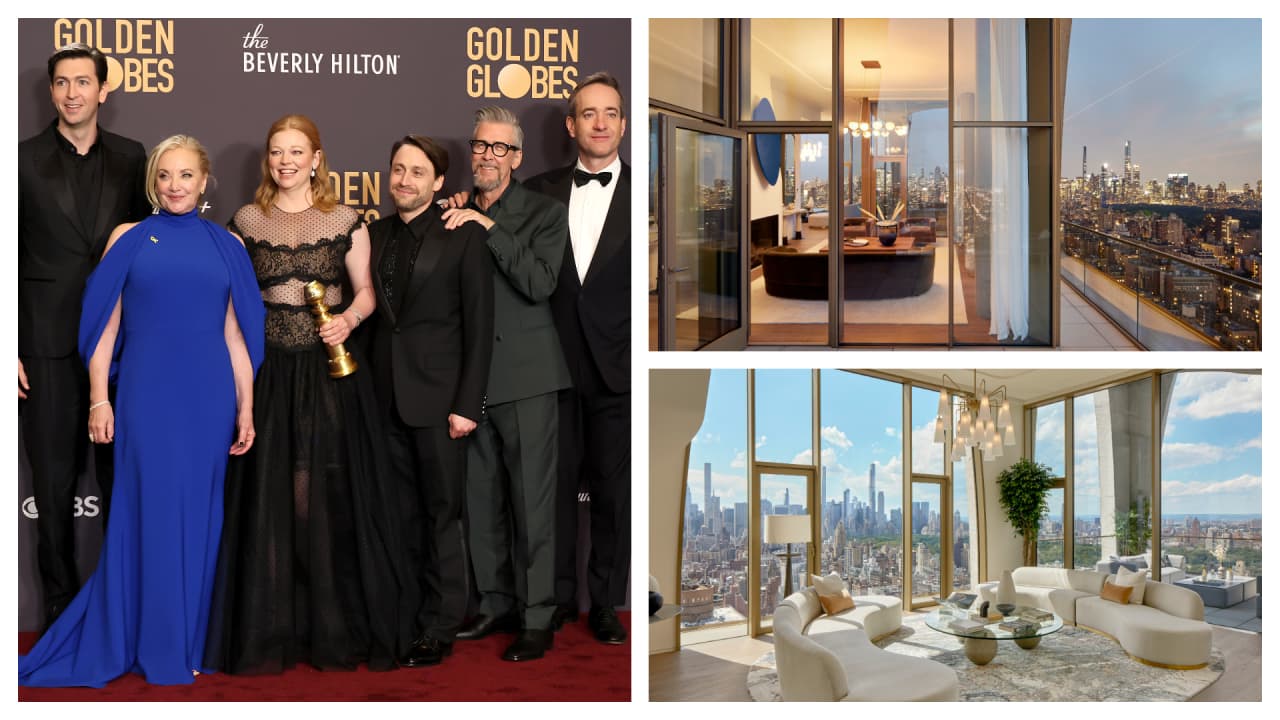The locations where apartment rents are picking up the pace
Stronger demand in some areas is pushing unit rents up faster than houses
Renters are returning to the apartment market, leading to higher growth in weekly rents for units than houses over the past year, according to REA data. As workers return to their corporate offices, tenants are coming back to the inner city and choosing apartment living for its affordability.
This is a reversal of the pandemic trend which saw many renters leave their inner city units to rent affordable houses on the outskirts. Working from home meant they did not have to commute to the CBD, so they moved into large houses in outer areas where they could enjoy more space and privacy.
REA Group economic analyst Megan Lieu said the return to apartment living among tenants began in late 2021, when most lockdown restrictions were lifted, and accelerated in 2022 after Australia’s international border reopened.
“Following the reopening of offices and in-person work, living within close proximity to CBDs has regained importance,” Ms Lieu said. “Units not only tend to be located closer to public transport and in inner city areas, but are also cheaper to rent compared to houses in similar areas. For these reasons, it is unsurprising that units, particularly those in inner city areas, are growing in popularity among renters.”
But the return to work in the CBD is not the only factor driving demand for apartment rentals. Rapidly rising weekly rents for all types of property, coupled with a cost-of-living crisis created by high inflation, has forced tenants to look for cheaper accommodation. This typically means compromising on space, with many families embracing apartment living again. At the same time, a huge wave of migration led by international students has turbocharged demand for unit rentals in inner city areas, in particular, because this is where many universities are located.
But it’s not simply a demand-side equation. Lockdowns put a pause on building activity, which reduced the supply of new rental homes to the market. People had to wait longer for their new houses to be built, which meant many of them were forced to remain in rental homes longer than expected. On top of that, a chronic shortage of social housing continued to push more people into the private rental market. After the world reopened, disrupted supply chains meant the cost of building increased, the supply of materials was strained, and a shortage of labour delayed projects.
All of this has driven up rents for all types of property, and the strength of demand has allowed landlords to raise rents more than usual to help them recover the increased costs of servicing their mortgages following 13 interest rate rises since May 2022. Many applicants for rentals are also offering more rent than advertised just to secure a home, which is pushing rental values even higher.
Tenants’ reversion to preferring apartments over houses is a nationwide trend that has led to stronger rental growth for units than houses, especially in the capital cities, says Ms Lieu. “Year-on-year, national weekly house rents have increased by 10.5 percent, an increase of $55 per week,” she said.“However, unit rents have increased by 17 percent, which equates to an $80 weekly increase.”
The variance is greatest in the capital cities where unit rents have risen twice as fast as house rents. Sydney is the most expensive city to rent in today, according to REA data. The house rent median is $720 per week, up 10.8 percent over the past year. The apartment rental median is $650 per week, up 18.2 percent. In Brisbane, the median house rent is $600 per week, up 9.1 percent over the past year, while the median rent for units is $535 per week, up 18.9 percent. In Melbourne, the median house rent is $540 per week, up 13.7 percent, while the apartment median is $500 per week, up 16.3 percent.
In regional markets, Queensland is the most expensive place to rent either a house or an apartment. The house median rent in regional Queensland is $600 per week, up 9.1 percent year-on–year, while the apartment median rent is $525, up 16.7 percent.
This stylish family home combines a classic palette and finishes with a flexible floorplan
Just 55 minutes from Sydney, make this your creative getaway located in the majestic Hawkesbury region.
Companies are leasing premium office space to entice workers back, but employees in one major capital are holding out
The post-COVID return to CBD offices continues across Australia, with the average office occupancy rate climbing to 76 percent of pre-pandemic levels in the first quarter of 2024, according to new CBRE figures. Workers are gradually responding to their employers’ requests to attend their offices more regularly to enable greater collaboration with workmates. The occupancy rate has risen from 70 percent in the December quarter and 67 percent 12 months ago.
Occupancy rates improved across all capital cities during the March quarter, with Perth and Adelaide maintaining the strongest rates of 93 percent and 88 percent respectively. CBRE analysis suggests shorter commuting times and less structured working-from-home arrangements in these cities have contributed to higher rates of return. Brisbane’s occupancy rate is 86 percent of pre-COVID levels, weighed down by a slower return within the public sector, which represents 35 percent of the city’s office space. This same trend is being seen in Canberra, where the occupancy rate is just 66 percent.
In Sydney, the occupancy rate has risen to 77 percent, largely due to major banks and professional services firms pushing for more staff to return to the office this year. There has been a significant increase in workers returning to offices in Melbourne, with the occupancy rate up from 57 percent last quarter to 62 percent now. However, this is still the lowest attendance rate in the capital cities.
Businesses are increasingly pushing workers to return to the office because they are concerned working from home over multiple years will have a negative long-term impact on company-wide productivity. Part of the problem is new employees not having regular access to senior staff so they can learn and work more effectively and productively. CBRE says lower levels of collaboration and interaction reduce innovation, which is a particular concern for technology firms. They were quick to embrace remote working during COVID, but are now seeing dampened creativity among staff.
Tuesday is the peak day for attendance at CBD offices and Friday is the lowest day. Two-thirds of organisations that have moved their corporate headquarters since COVID have chosen to upgrade to premium office buildings, according to CBRE’s research. Premium blocks typically feature retail, restaurants, and recreational amenities on the ground floor, and command a higher rent. Companies are deciding it’s worth the cost to entice workers backand keep them feeling happy and engaged.
Jenny Liu, Director of Workplace Consulting at CBRE, said a vibrant workplace experience is essential.
“A workplace experience isn’t just environment, cool furniture and tech anymore,” she said. “It’s the culture, ways of working, leadership, and how vibrancy is created.”
Some companies are using apps that inform staff who will be in the office tomorrow. CBRE Research Manager Thomas Biglands said:
“It’s important that you achieve a critical mass of visitation so that employees come in and feel as though the office is vibrant and full,” he said.
Some firms are linking salary and promotions to office attendance to reward those workers providing higher contributions to corporate culture and mentoring younger staff.
The rate of return to offices in Australia is much higher than in the United States, where occupancy rates have remained at about 50 percent over the past year. CBRE analysis suggests this may be due to better public transport, shorter commutes and lower inner-city crime rates in Australia.
This stylish family home combines a classic palette and finishes with a flexible floorplan
Just 55 minutes from Sydney, make this your creative getaway located in the majestic Hawkesbury region.


















